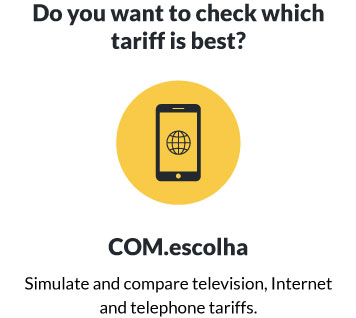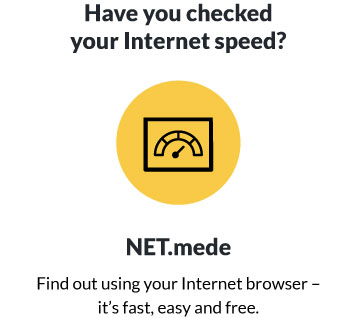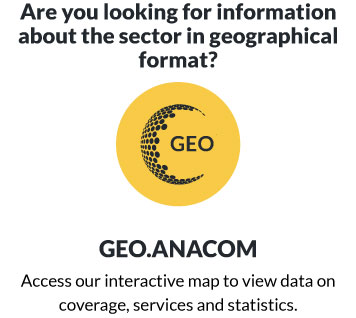The digital dividend can be described as the spectrum over and above the frequencies required to support existing broadcasting services in a fully digital environment, including current public service obligations.
This spectrum is seen as one of the most valuable to society, once it combines characteristics of coverage (propagation) and capacity (bandwidth), which make it suitable for a wide range of applications.
Therefore, the digital dividend must also be seen in the wider context of the overall balance between supply and demand for radio spectrum. This is a persistently scarce public resource for which there is an ever growing demand in modern society: it underpins every type of wireless service from professional use such as radio-navigation, satellite systems or radar to consumer applications like broadcasting or fixed and mobile communications. This essential role of radio spectrum as an enabler for growth was also recognized in the i2010 initiative, as a way to accelerate the economic dividends of the digital convergence.
It is therefore in the public interest that the digital dividend is managed as efficiently and effectively as possible to satisfy the maximum demand, and that obstacles to its efficient use be removed.
There are, at least, three broad categories of services for which the spectrum of the digital dividend would be well suited:
(1) Wireless broadband communications. ''Ubiquitous broadband access for all'' is the next challenge for the information society. Wireless access is probably the most promising means to bridge the ''broadband gap'' and overcome the ''digital divide'', especially in remote and rural areas. Wireless could also provide an alternative platform that would increase competition and speed up broadband deployment as well as the potential to support interoperability of essential public safety applications such as public protection and disaster recovery (PPDR) services.
(2) Additional terrestrial broadcasting services. Broadcasting is entering a period of intense transformation and high innovation as it makes the transition to digital and high-definition services. Increasing the number of broadcasting channels holds out prospects for increased media pluralism, growth in media content production, and higher-quality, more interactive services for viewers.
(3) Mobile multimedia. Among the most innovative application areas in the ICT sector, mobile TV is also an impressive prospect.
In addition there are other categories of use that already operate or could operate in the frequencies covered by the digital dividend, such as unlicensed use of spectrum (e.g. short range low-power devices that use very little bandwidth such as medical telemetry, hearing aids or, in particular, RFID, for which the current spectrum allocation in the UHF bands could limit growth and new applications in the coming years).
The digital dividend needs to be viewed for what it is: a public resource with an exceptional social, cultural, as well as economic potential, since is a unique opportunity to give impetus to the whole of the wireless communications industry as well as the broadcasting industry.
The higher bandwidth offerings associated with NGA may lead to the development of new markets and increased revenues. This growth motivation is likely to be stronger wherever there is greater pent-up demand for higher-capacity Internet and the services it enables. The potential services are wide-ranging, including demand for more symmetric Internet access (for uploading or sending content), greater reliability as well as greater bandwidth, and new services such as high-definition content (including television, games and user-generated content).
Since allocation of the digital dividend is a national prerogative, meaning that Member States of the European Union are entitled to manage the freed up spectrum according to their national interests, provided that they are in line with decisions taken within the International Telecommunications Union (ITU), it is so important that administrations and regulators support the public interest by ensuring this spectrum is put to the best social and economic use.
Autoridade Nacional de Comunicações (ANACOM) the Portuguese regulatory authority for communications, invites all stakeholders to a Seminar to be held on 16th of April 2009 at Centro Cultural de Belém (CCB).




